In the quiet forests of eastern North America, a biological marvel unfolds with mathematical precision every 17 years. Billions of winged insects emerge simultaneously from their underground slumber, transforming the landscape into a buzzing, clicking symphony. These periodical cicadas (Magicicada spp.) represent one of nature's most extraordinary examples of evolutionary timing, their life cycles synchronized with the precision of atomic clocks.
The story begins when tiny nymphs hatch from eggs laid in tree branches and drop to the forest floor. At this moment, they embark on what might be the most patient childhood in the animal kingdom. Using their shovel-like forelegs, the nymphs burrow downward, sometimes reaching depths of 2 meters (6 feet), where they'll spend the next 17 years sucking xylem fluids from tree roots. Underground, they progress through five developmental stages called instars, growing slowly in complete darkness while the world above changes through multiple presidential administrations, technological revolutions, and generations of human lives.
This prolonged subterranean existence poses an intriguing evolutionary puzzle. Most insects complete their life cycles in a single year or less, yet these cicadas have developed a strategy that seems counterintuitive—investing an extraordinary amount of time in juvenile development before a brief, frenzied adulthood lasting just weeks. Scientists believe the 17-year cycle (with some species having 13-year cycles) evolved as a survival mechanism, a mathematical solution to avoid syncing up with predator population cycles. When billions emerge simultaneously, predators simply can't eat them all, ensuring enough survivors to perpetuate the species.
The cicadas' biological clocks are so precise that entomologists can predict emergence years decades in advance. As the 17th spring approaches, the nymphs somehow sense when soil temperatures at 20 cm depth reach precisely 17-18°C (63-64°F). This triggers one of nature's great coordinated migrations—the nymphs construct mud turrets (called "cicada huts") at the soil surface, then emerge en masse, usually after sunset. They climb nearby vegetation and undergo their final molt, emerging as winged adults with striking red eyes and translucent wings.
The adult cicadas' brief above-ground existence becomes a spectacular ecological event. Males congregate in "chorusing centers" where their collective mating calls can reach 100 decibels—louder than a power lawn mower. This sonic bombardment serves two purposes: it attracts females while overwhelming the hearing of predators like birds. The insects don't eat during this final life stage; their sole purpose is reproduction. After mating, females use their ovipositors to lay eggs in tree branches, and when the next generation hatches six to ten weeks later, the remarkable 17-year cycle begins anew.
Recent research has uncovered astonishing aspects of cicada physiology that enable their prolonged development. Their symbiotic relationship with bacteria (Hodgkinia and Sulcia) provides essential amino acids missing from their xylem diet. Even more remarkably, scientists discovered that cicadas produce antibiotics in their bodies, keeping their nutrient-delivering bacteria healthy during the long underground years. This finding has sparked medical research into novel antimicrobial compounds.
Climate change presents new challenges for these timekeepers of nature. Some researchers have documented instances of "accelerated emergence," where portions of a brood emerge four years early—a phenomenon possibly linked to warmer soils. While cicadas have survived ice ages and warming periods, the current rapid climate shifts may test their evolutionary adaptations. Additionally, urban development destroys the undisturbed forest habitats their nymphs require, leading to localized extinctions of some broods.
The cicada's life strategy represents a radical alternative to the fast-paced existence of most modern organisms. In our era of instant gratification and shortening attention spans, these creatures remind us that some of nature's most spectacular events require extraordinary patience. Their synchronized emergence creates a temporary abundance that feeds countless forest creatures, fertilizes soils with their decaying bodies, and prunes trees through egg-laying—a cascade of ecological benefits from an event that's been occurring regularly since before the United States became a nation.
As the next brood prepares for its 2024 emergence across parts of 15 states, scientists and citizens alike await this living lesson in patience, precision, and the profound interconnectedness of ecosystems. The cicadas' story challenges our perception of time itself, demonstrating that some of life's most magnificent performances require decades of invisible preparation—a reminder that not all important biological processes operate on human timescales.

By /Jun 10, 2025

By /Jun 10, 2025

By /Jun 10, 2025

By /Jun 10, 2025
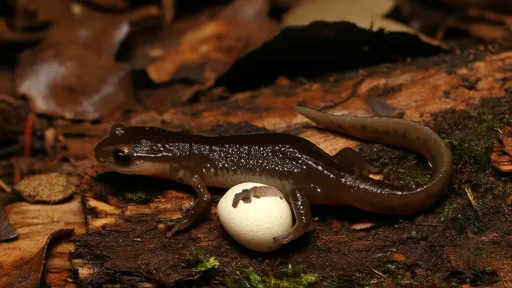
By /Jun 10, 2025
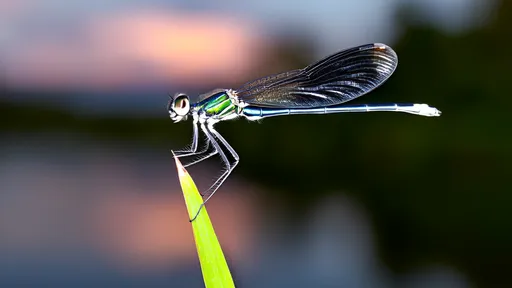
By /Jun 10, 2025

By /Jun 10, 2025
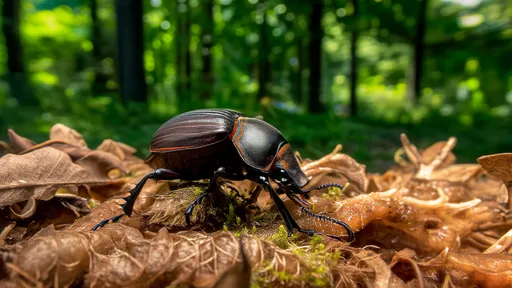
By /Jun 10, 2025

By /Jun 10, 2025

By /Jun 10, 2025
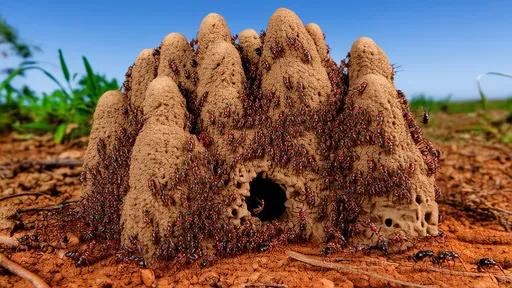
By /Jun 10, 2025
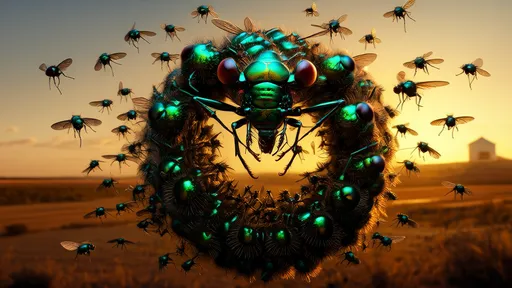
By /Jun 10, 2025
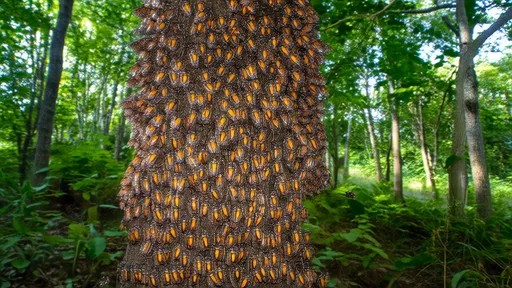
By /Jun 10, 2025

By /Jun 10, 2025

By /Jun 10, 2025
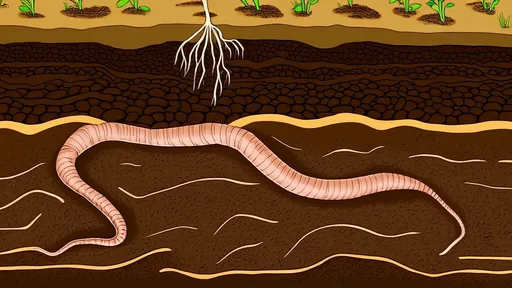
By /Jun 10, 2025

By /Jun 10, 2025